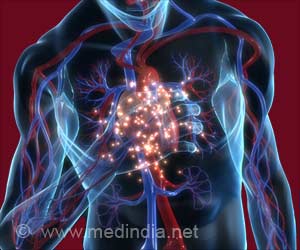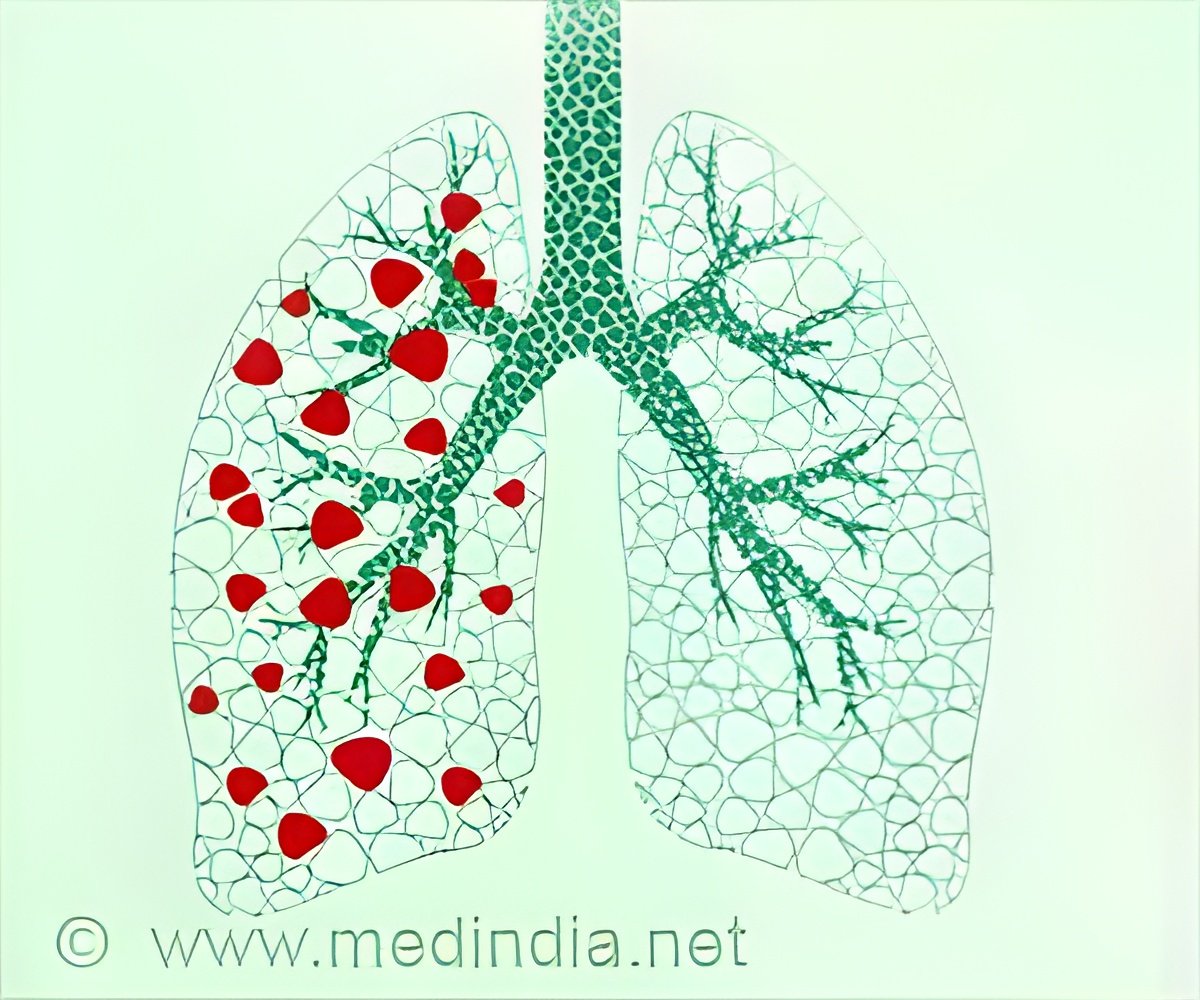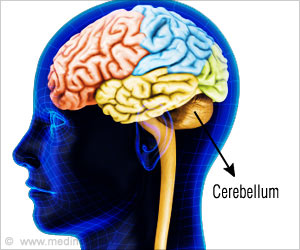“A total of 120 155 patients (50.2%) underwent revascularisation (STEMI, 72.2%; NSTEMI, 42.1%); 7-year survival exceeded 80% for patients in each group who underwent revascularisation, and was lower than 45% for those who did not,” the authors, led by Dr Bora Nadlacki, wrote.
‘Heart attack survival rates can be improved by focusing on whole public health.’
Results of the study show that 7-year survival is greater than 80% for patients aged under 65 years and for those who underwent revascularisation and the survival rate was poorer for older patients with non-ST elevation myocardial infarction (NSTEMI) and lower revascularisation rates.
As angiograms and revascularisation rates decline with age, clinicians were reluctant to pursue an early invasive approach in older patients but the potential for absolute risk reduction with therapy is greatest for these patients makes the treatment of older people with AMI as suboptimal.
Apart from this, lack of data in older age group and improper NSTEMI treatment pathway and guidelines makes treatment choice complicate for older population.
such disparities are seen in treating women patients as they don’t present typical signs of heart attack like in men and the location of the patient also influences the treatment outcome.
As a whole treating heart attack among general public these disparities need to avoided and more research regarding these complexities can improve the heart attack survival rate.
Source: Medindia



